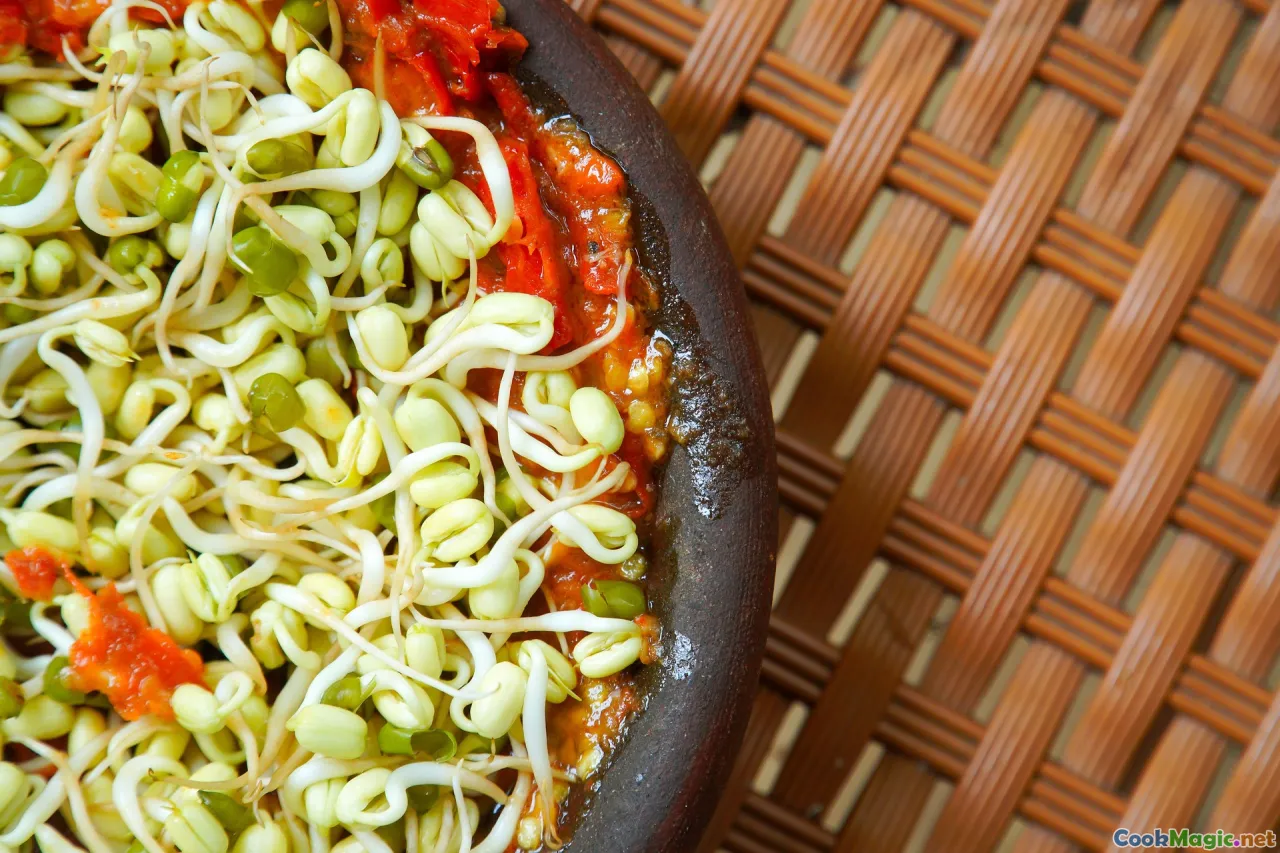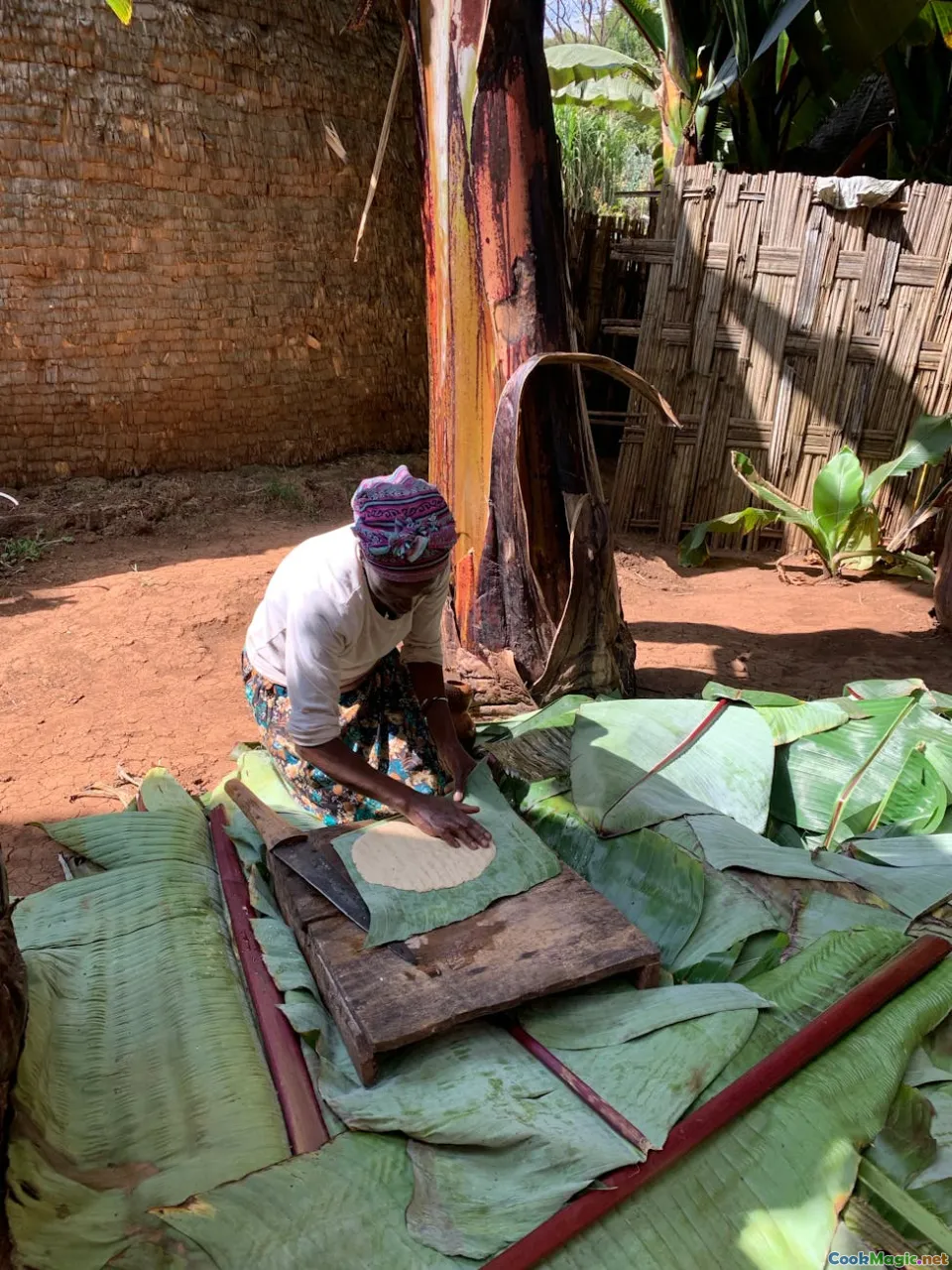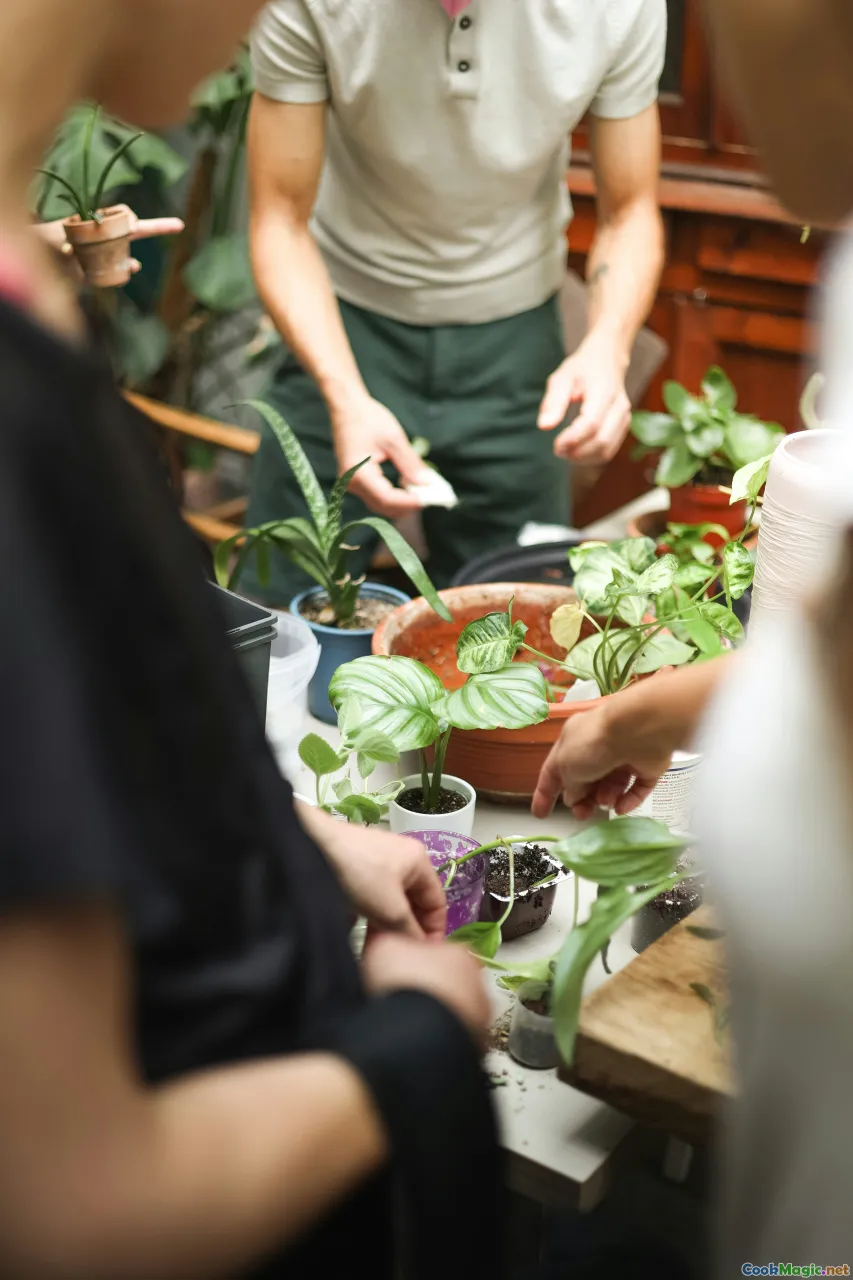Vegetarian Twists on Ghanaian Groundnut Soup
10 min read Discover innovative vegetarian adaptations of Ghanaian groundnut soup, blending cultural flavors with modern plant-based culinary creativity. July 25, 2025 15:05
The Heartbeat of Ghanaian Cuisine: A Classic Groundnut Soup Reimagined Vegetarians rejoice! The beloved Ghanaian groundnut soup—known locally as "Nkatekwan"—is a rich, savory testament to West African culinary artistry. Traditionally, it’s a velvety mixture of roasted groundnuts simmered with meat or fish, infused with aromatic spices, and enveloped in a hearty, comforting bowl. But what if you're vegetarian, craving the deep, nutty flavors, and velvety textures without the animal proteins? The good news is, Ghanaian cuisine is beautifully adaptable, bursting with plant-based treasures that can reimagine this classic into an irresistible vegetarian delight. Let’s embark on a flavorful journey to craft vegetarian twists on groundnut soup that honor Ghanaian traditions while embracing modern dietary preferences.

Rediscovering the Soul of Nkatekwan: A Cultural & Culinary Overview
Ghanaian groundnut soup is more than mere sustenance; it is a cultural emblem woven into social fabric, festive celebrations, and daily life. The thick, aromatic blend of roasted groundnuts, sometimes combined with tomatoes, seasoned with ginger, garlic, and chili peppers, delivers a sensory feast—its sweet, roasted aroma clouds the air, inviting all to gather around.
Historically, groundnuts (peanuts) were cultivated extensively across Ghana, especially among the peasant farmers in regions like the Brong-Ahafo and Northern Ghana. The soup’s origins trace back centuries, blending indigenous ingredients with Arab trade influences through the Swahili coast — an intercultural culinary lineage exemplified by the dish’s warm, communal essence.
In traditional settings, meat—often goat, chicken, or fish—adds depth and richness. Yet, the core flavors center around the groundnut and vegetable base, making it inherently adaptable. This offers the perfect canvas for vegetarian innovations inspired by Ghanaian culinary soul.

The Art of Crafting Vegetarian Groundnut Soup
The Foundation: Roasted Groundnuts and Plant-Based Broth
The key to a truly authentic yet vegetarian Nkatekwan lies in selecting high-quality, fresh groundnuts. Whether roasted over open flames or in the oven, they develop a smoky, caramelized aroma that elevates the flavor profile. After roasting, grind the nuts into a creamy paste using a traditional mortar and pestle or a high-speed blender—this step to achieve the soup’s signature thickness.
Instead of meat or fish broth, opt for a rich vegetable stock. Carrots, onions, garlic, and ginger serve as the aromatic base, simmered with additional herbal notes like scent leaves, basil, or considerando traditional Ghanaian herbs available at international markets.
Vegetables & Proteins: Making It Substantial
To mimic the hearty texture of the classic, incorporate diced vegetables such as sweet potatoes, carrots, tomatoes, spinach, or even eggplant—the latter adding a smoky, meaty texture. For protein, abundant plant-based ingredients like beans, lentils, or textured vegetable protein (TVP) work beautifully. Fellow Ghanaians often use milled or blanched groundnut–soy combinations to add richness.
Spices & Flavors: Layers of Depth
A mix of chili, smoked paprika, ginger, and garlic naturally complements the nutty sweetness of groundnuts. A touch of lemon or lime juice brightens the palette, while traditional Ghanaian seasoning like ginger adds warmth.
Combining & Simmering
Sauté onions, garlic, and spices in vegetable oil until fragrant. Introduce the groundnut paste and stir until it melds into a thick, aromatic mixture. Gradually add the vegetable stock, stirring continually to prevent sticking and lumps. Drop in your choice of vegetables and beans, then let everything simmer gently—perfectly tender, yet alive with flavor.

A Tropical Twist: Embracing Ghana’s Botanical Bounty
Ghana’s rich biodiversity offers an array of indigenous ingredients perfect for elevating vegetarian groundnut soup. Incorporate local greens like kontomire (cocoyam or taro leaves), which lend a vibrant green hue and earthiness—think of the stunning visual contrast and added nutrition.
For additional depth, roasted groundnuts can be mixed with ground seeds such as pumpkin or sesame, creating complex layers reminiscent of Asian peanut sauces, but rooted firmly in Ghanaian tradition.
Dried smoked fish, common in non-vegetarian variants, can be substituted with smoked tomato paste or smoked paprika to emulate the smoky undertone. For authenticity, garnish with chopped fresh herbs like basil, scent leaves (Nkatiepa), or even fresh chili for a fiery kick.

From Street Food to Home Kitchen: Serving Tips & Pairings
Ghanaian groundnut soup is typically served with starch accompaniments—they reinforce the thick, hearty character of the dish:
- Banku: Fermented corn and cassava dough, with a sticky, stretchy texture.
- Fufu: Soft, doughy, Made from cassava, plantains, or yams.
- Kenkey: Fermented maize dumplings wrapped in corn husks.
For vegetarians, these traditional sides perfectly complement the nutty, spicy broth. Additionally, hot steamed plantains or boiled yams offer a delightful twist.
Beverage Pairings
Complement the meal with regional beverages like palm wine, or opt for a refreshing ginger-lime soda for a modern touch.

Making It Your Own: Personal Inspirations & Modern Twists
To truly make this dish your own, experiment with regional spices, locally sourced vegetables, or innovative presentation. Vegan coconut milk can replace traditional oil to add creaminess—an inspired nod to Ghana’s coastal flavors. Linseed or flaxseed can also be included to boost omega-3s.
In Ghanaian homes, moms often add a splash of malt or honey at the end for a subtle sweetness—a delightful variation that balances the earthy nuttiness.
The Emotional & Cultural Impact of Vegetarian Nkatekwan
Reimagining Ghanaian groundnut soup as a vegetarian dish isn’t merely about accommodating dietary choices; it’s about honoring the soul of Ghanaian culinary culture while opening doors to diverse palettes. Families can preserve cherished flavors, traditions, and social rituals around the table—made inclusive for vegetarians or those exploring plant-based lifestyles.
In cities like Accra, Kumasi, and beyond, innovative chefs and home cooks alike are capturing this essence in cafes, pop-ups, and community kitchens—striving to make Ghanaian flavors accessible, adaptable, and relatable to global food lovers.
Closing the Loop: A Dish of Heritage & Modern Taste
Vegetarian twists on Ghanaian groundnut soup extend an invitation—to weave traditional recipes with contemporary ingredients, to celebrate plant-based nutrition without losing cultural identity. They speak of resilience, creativity, and a deep-rooted love for bold, vibrant flavors.
So next time you crave the comforting, smoky embrace of Nkatekwan, remember—you can craft a version that honors your values, delights your senses, and connects you to the centuries of Ghanaian culinary ingenuity.
Whether served at a bustling market stall, a cozy kitchen table, or a festive gathering, vegetarian groundnut soup stands as a testament: delicious, soulful African cuisine welcomes everyone to the flavorful mosaic of tradition and innovation.










